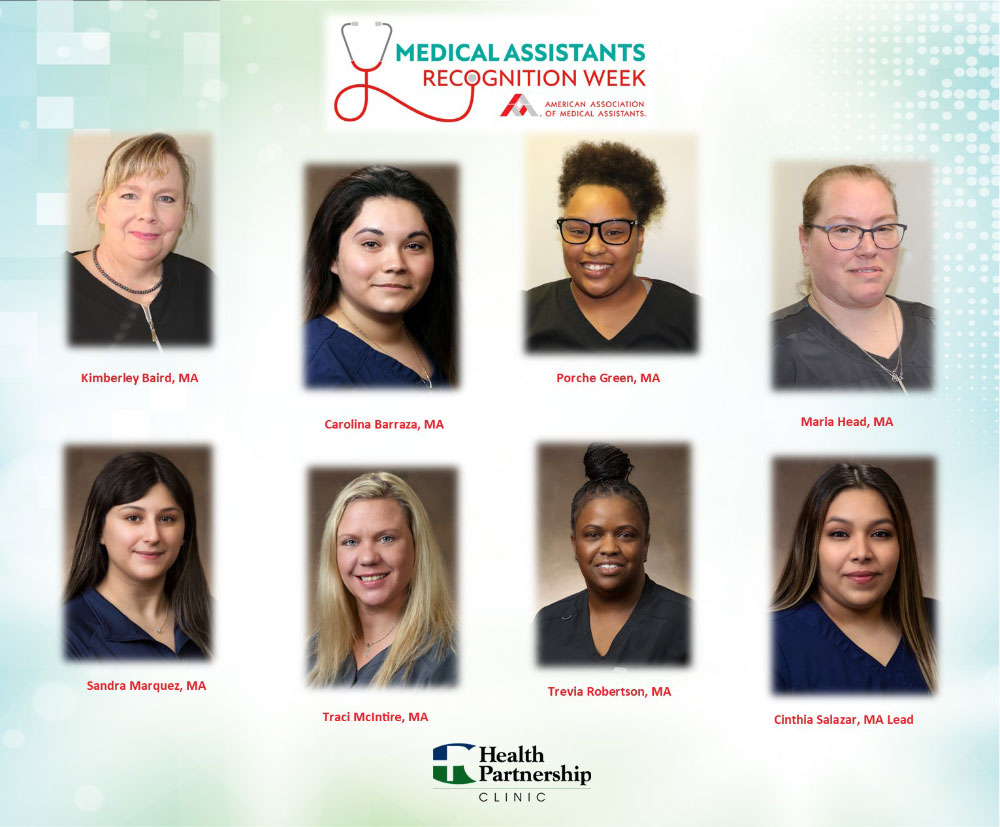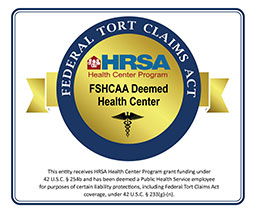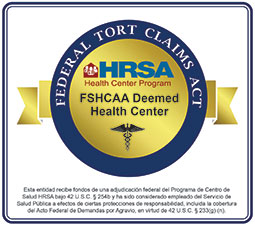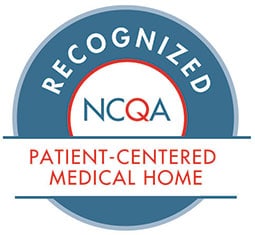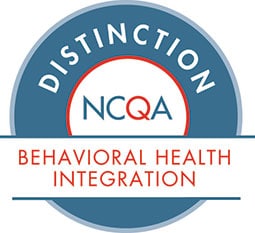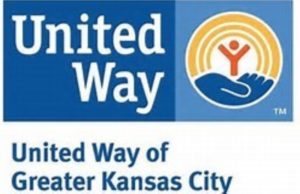HPC Celebrates Hygienists and Administrative Professionals in April
By Debbie Sparks, Development and Marketing Manager
National Dental Hygienist Week, April 8-12
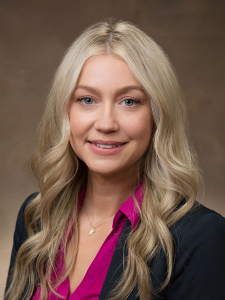 Each year in April we recognize the contribution of dental hygienists and their focus on maintaining good oral health practices which impacts overall health.
Each year in April we recognize the contribution of dental hygienists and their focus on maintaining good oral health practices which impacts overall health.
There are more than 200,000 dental hygienists in the United States. In Kansas, there are nearly 3,000 dental hygienists.
Dental hygienists provide oral care under a dentist’s supervision. They clean patients’ teeth and examine their mouths for signs of damage, gingivitis and other diseases. Hygienists teach patients how to maintain good oral health.
The education of dental hygienists typically includes prerequisite courses prior to obtaining either a dental hygiene certificate or associates degree, which is typically a three-year program. Dental hygienists may go on to obtain a Bachelor of Science or Master of Science in Dental Hygiene.
In Kansas, dental hygienists may obtain an Extended Care Permit (level one, two or three) which allows them to practice under indirect supervision in settings like schools or nursing homes.
Thank you to Christina Cook, RDH, ECP II, Dental Operations Manager and Dental Hygienist, for her hard work and dedication to our patients! Christina always goes above and beyond and is a true team player.
National Administrative Professionals’ Day
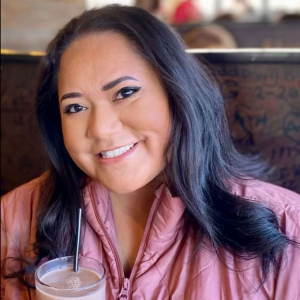 National Administrative Professionals’ Day, also known as Secretaries Day or Admin Day, is observed on the Wednesday of the last full week of April each year. This year it is celebrated on Wednesday, April 24. It is a day to recognize the work of secretaries, administrative assistants, receptionists and other administrative support professionals.
National Administrative Professionals’ Day, also known as Secretaries Day or Admin Day, is observed on the Wednesday of the last full week of April each year. This year it is celebrated on Wednesday, April 24. It is a day to recognize the work of secretaries, administrative assistants, receptionists and other administrative support professionals.
Shout out to Nikki Balden, Administrative Assistant at HPC. Nikki supports all the Senior Leadership Team members in addition to coordinating meetings and schedules, assists with HR functions and takes notes for the Continuous Quality Improvement meetings. In addition, she takes minutes for the Board of Directors, Finance and Quality Improvement Committee monthly meetings, and so much more. We thank and salute Nikki for all she does!
Stay tuned for May when we celebrate Patient Services Representatives and Nurses!
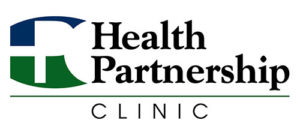
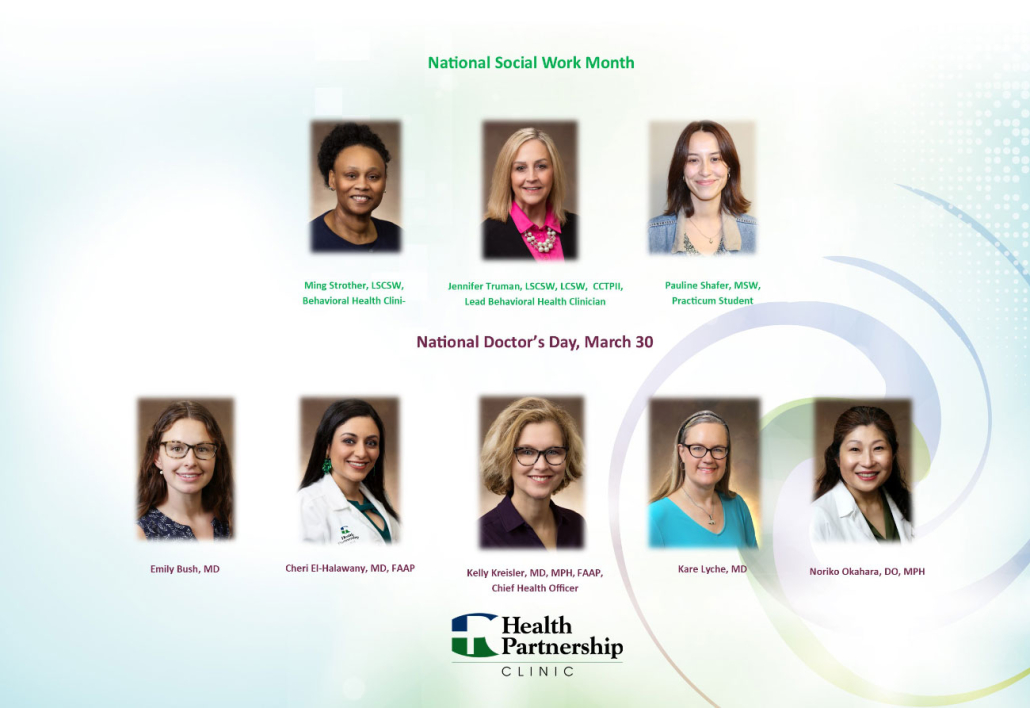
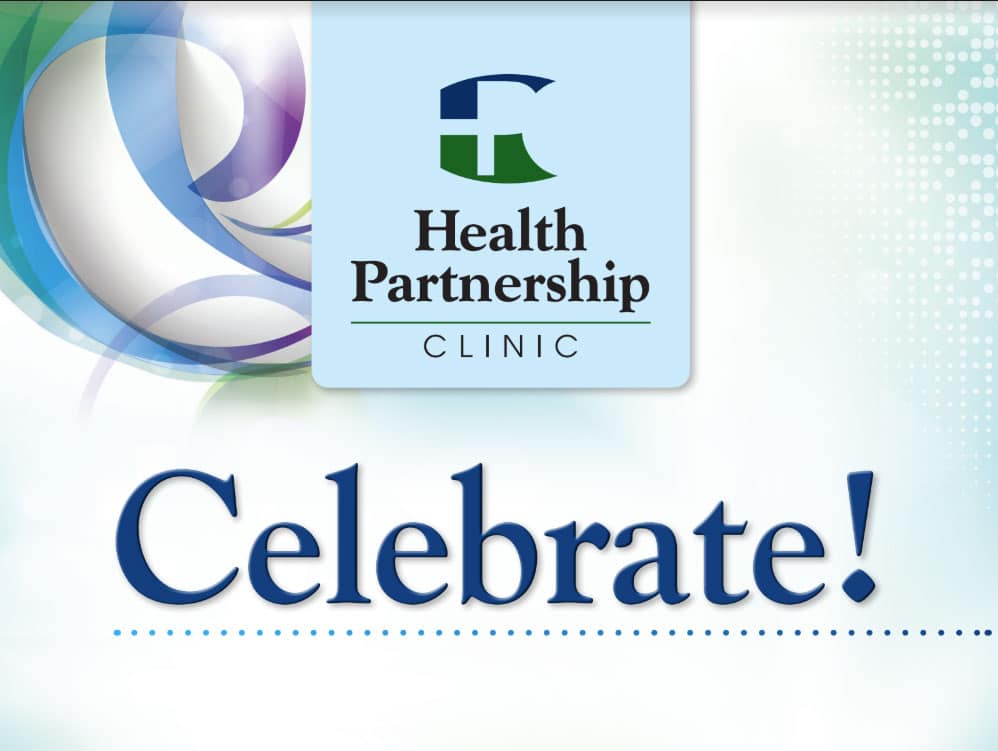
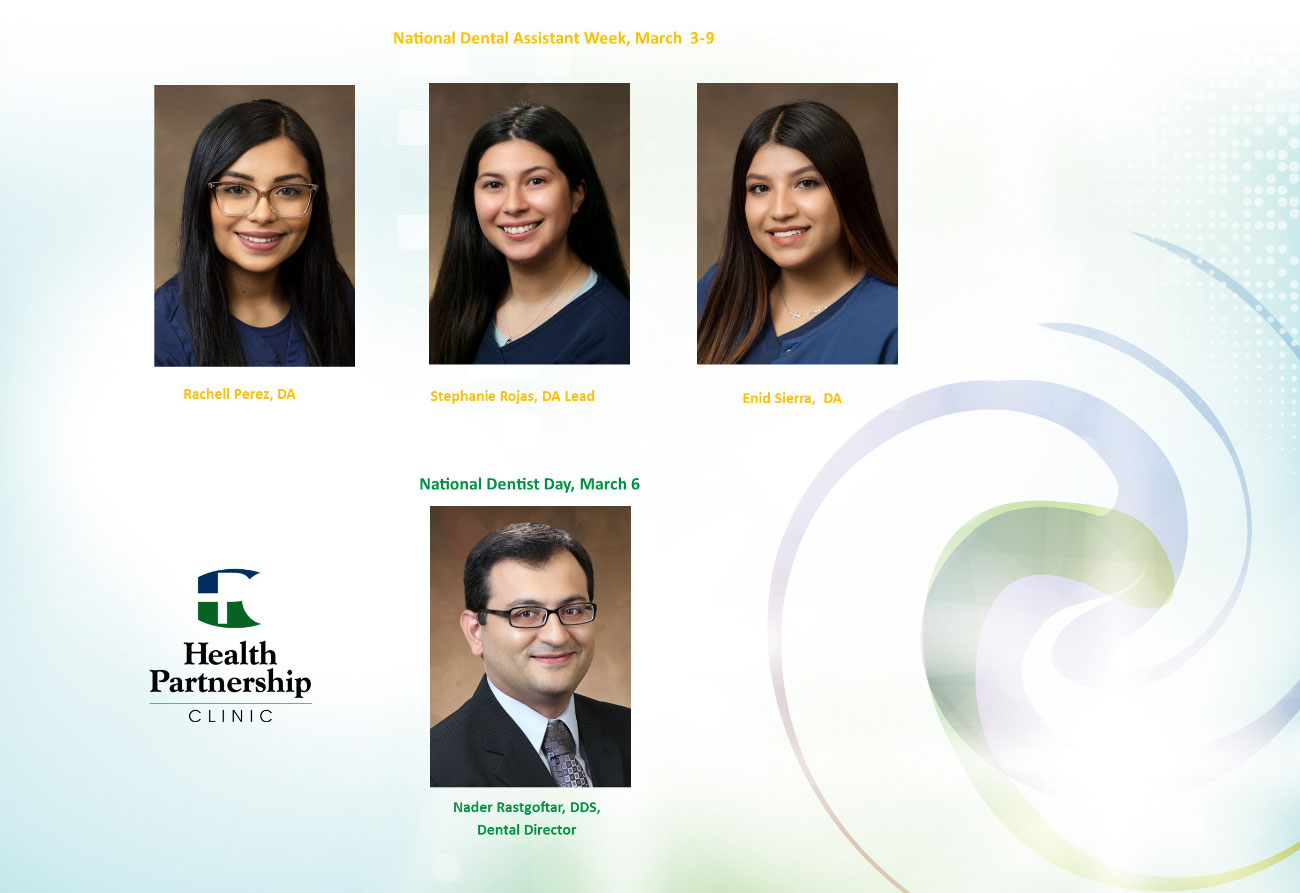
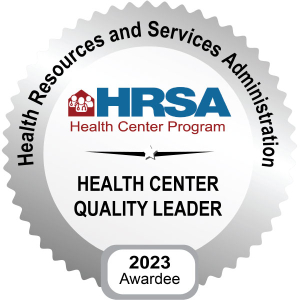
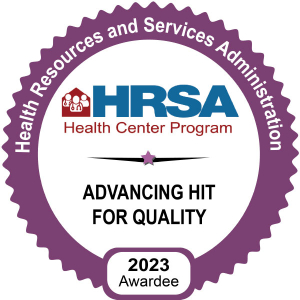
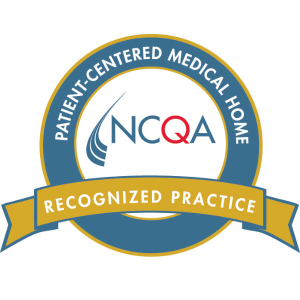
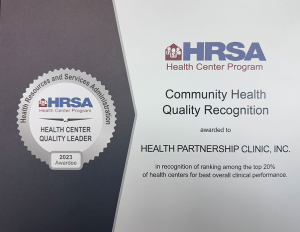
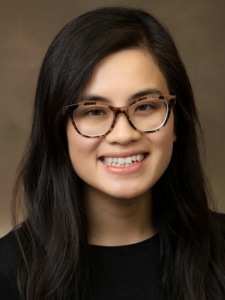 By
By 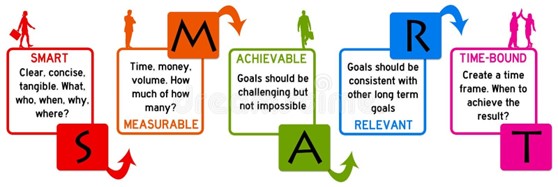
 Yoga – Yoga classes for beginners to de-stress and improve strength, balance and flexibility.
Yoga – Yoga classes for beginners to de-stress and improve strength, balance and flexibility.
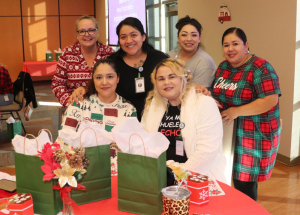
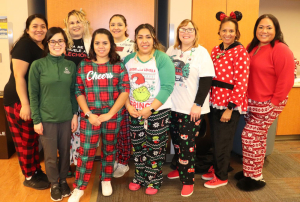
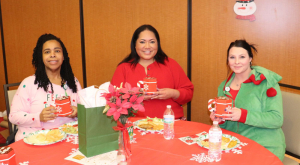


 Healthy hands are happy hands so be sure to keep hands clean to prevent viruses from spreading. It’s one of those everyday precautions besides covering your coughs and sneezes and avoiding close contact when you are feeling unwell.
Healthy hands are happy hands so be sure to keep hands clean to prevent viruses from spreading. It’s one of those everyday precautions besides covering your coughs and sneezes and avoiding close contact when you are feeling unwell.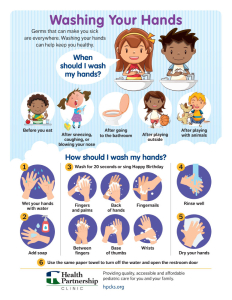
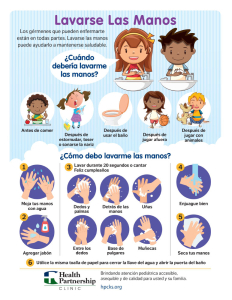
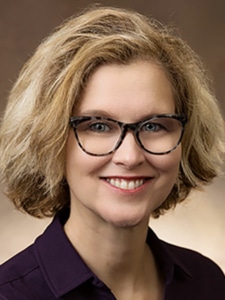 Post by
Post by 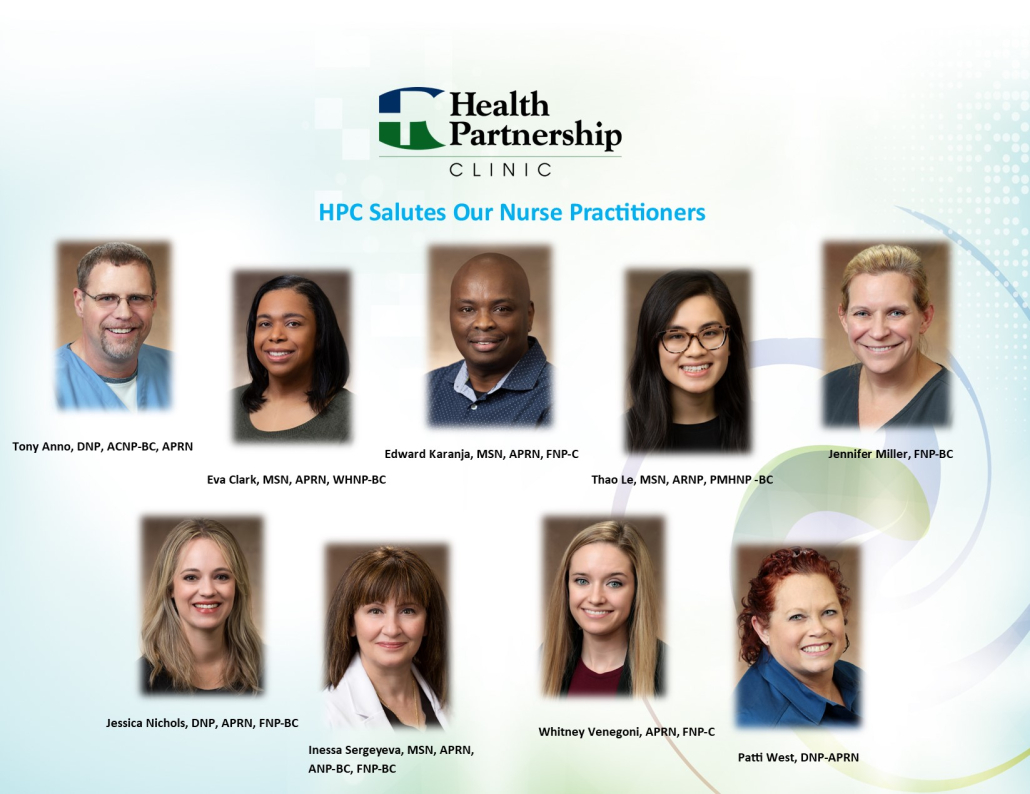
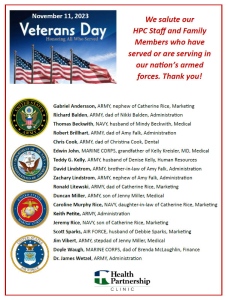
 Veterans Day, a federal holiday, is meant to honor all veterans of the uniformed services who served or are still serving during times of peace as well as war.
Veterans Day, a federal holiday, is meant to honor all veterans of the uniformed services who served or are still serving during times of peace as well as war.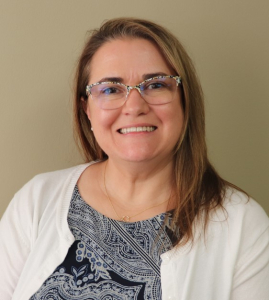 By Mindy Beckwith, MSN, RN, Clinic Director and Risk Manager
By Mindy Beckwith, MSN, RN, Clinic Director and Risk Manager